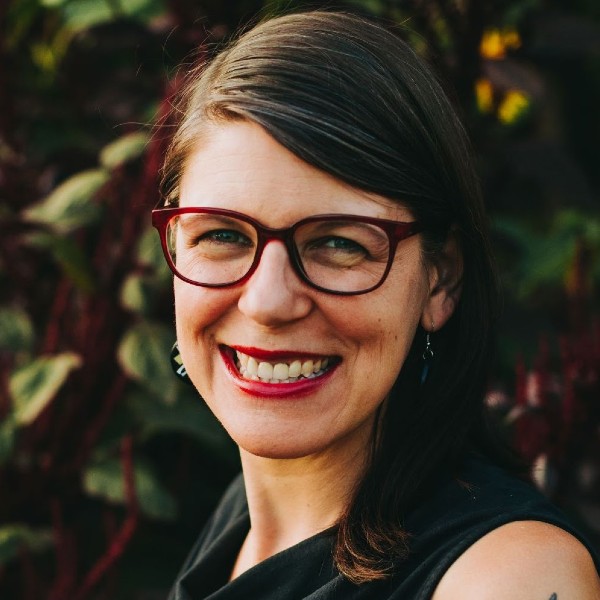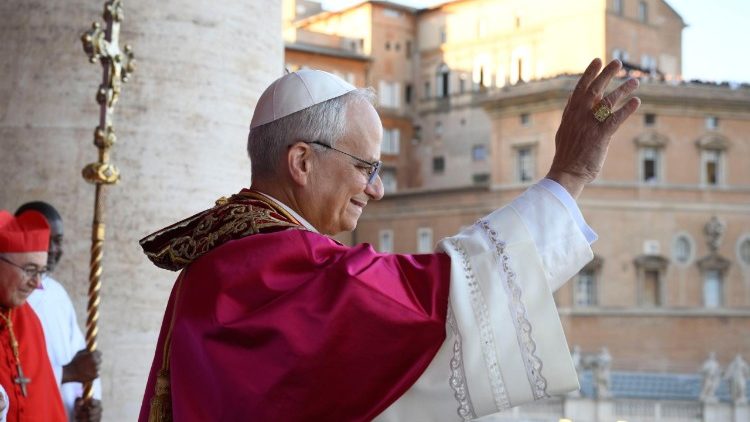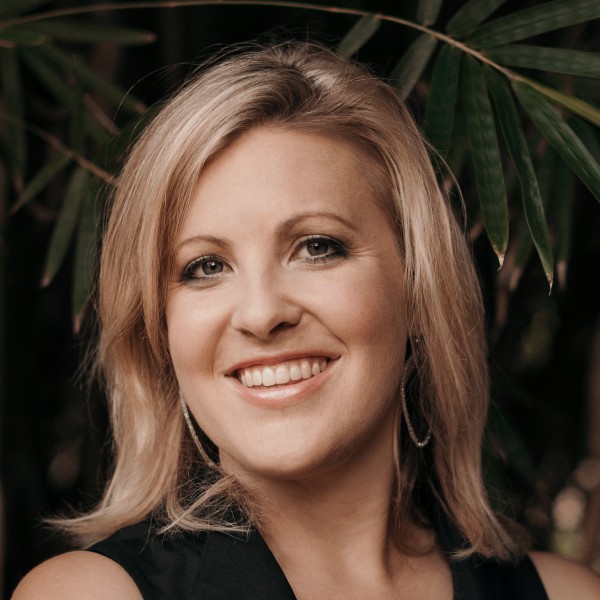It was an unusually warm autumn Sunday in Chicago. I was having lunch with a friend on a patio, where we basked under blue skies, golden sun and green leaves just beginning to turn warmer colors.
Then I noticed a growing number of messages on my phone: Federal agents had arrived on my block with unmarked vehicles, bulletproof vests and covered faces, shattering the peace and beauty in our area of the city.
I raced home. When I got there, I found the agents were gone and my housemates were unharmed but shaken. The 5-year-old who lives in my intentional community was comforted by his parents. They reassured him by focusing on how many neighbors were helping and trying to protect each other.
I went outside and saw other neighbors across the street. Drawing on my hospital chaplain training, I began listening to my neighbors tell their stories of the trauma while it was still fresh. When they first saw the agents coming up the block, they blew warning whistles, yelled that immigration agents were present, and took videos.
My neighbors asked to see an ID badge or a warrant — any sign that they were law enforcement agents — as is their constitutional right. Another neighbor, an immigration attorney, asked to speak to any person being detained, which is another legal right. Agents responded by physically injuring two of my neighbors. More people arrived from other parts of the neighborhood, and they locked arms, forming a human chain to block the agents’ path.
Then, without the clear verbal warnings that agents are legally required to give, the agents released tear gas. The cloud of smoke allowed them to get away.
To me, our block offers the best of city life: an economically and culturally diverse group of people who genuinely care about each other and show it by planting gardens, sharing food and connecting with broader groups and causes.
The last time I’d had lengthy conversations with many of my neighbors was at our block party a few weeks ago. I ate a tamarind frozen-fruit bar from the paleta cart we rented. A neighbor handed me a wipe for my sticky hands; her 1-year-old twins sat on neighbors’ knees. Other children enjoyed the bouncy house.
Now we are facing the growing threat from federal agents together. The outpouring of concern and the desire to help has been unlike anything I’ve seen in a lifetime of social justice activism. And yet it’s a sign of how awful this situation is that so many people feel they have to do something.
Even before the latest incident, many neighbors were staying inside out of fear. Federal agents had taken several of our neighbors, including one incident right next to a school with students inside. In response, we began school watches, to be present with children and their families as they come and go.
Although it is October in our notoriously chilly city, we had an extended summer. Warmth enveloped us as neighbors and staff stood on street corners during the watches, smiling and greeting students as they arrived for classes. At the same time, fear thrummed in the air all around us, and the streets were far emptier than usual.
At the start of the month, agents conducted a military-style raid a few blocks from the hospital where I worked as a chaplain for three years, in a neighborhood that is dear to me. One of my core values as a chaplain is to honor the inherent dignity of each person. Federal agents did the opposite.
Neighbors watched in horror as agents separated parents from their children, taking them without clothing into the trucks they had brought, those who witnessed it told local reporters.
Chicago is known for its tradition of organizing. One practice is to form block clubs, something I’ve learned about while working on the South and West Sides. The local news source I trust the most is called Block Club, a nonprofit online newspaper that reports on local and neighborhood news. In an article about the school watches, there was a partial summary of the brutality of the past month:
…federal agents have shot at least two people, killing one; repeatedly tear-gassed protesters and first responders; shot rubber bullets at protesters; detained U.S. citizens, including children; handcuffed a Chicago alderperson in a hospital; smoke bombed and tear-gassed a Chicago street; fired a chemical weapon at a TV reporter and detained a journalist, among other incidents.
More than 1,000 people have been detained, Russell Hott, [then] ICE field director in Chicago, told Block Club.
In the worldview of the people carrying out this action, called Operation Midway Blitz, terrifying the children and elders of our community keeps their community safe. And if the rest of us resist, they count us as enemies. Where I see blocks with a resilient, caring communities, agents see battlegrounds.
I know that I trust my housemates and neighbors. I trust what I see with my own eyes. I have seen no evidence that my neighbors who are being taken by federal agents are involved in criminal activity.
I know when I hear members of this federal administration talking about the murder rate in Chicago that they are lying. Our murder rate is lower than it has been in previous years and is lower than the current murder rate of other cities. Our efforts to end gun violence are showing signs of success.
Yes, Chicago still has its problems. But we are working to solve them. If there’s chaos, it’s because federal agents created it. I’ve tried not to speculate, but it’s hard not to imagine that agents are trying to escalate the situation to a point where they can justify sending in the military.
In recent months I’ve heard from loved ones in my hometown of Washington, D.C., which has been occupied by the National Guard since August. I saw a photograph of guard members picking up trash in the park where I used to catch the city bus home from high school. It was so absurd I almost laughed and cried at the same time.
So far, the courts have blocked guard members from entering Chicago. If they do come into the city, will it be less chaotic than it is now? Or will it be worse? I can scarcely imagine anything worse than intentionally making children and elders afraid.
Less than two weeks after the tear-gassing, federal agents showed up again at the same intersection. I heard honking and looked out my dining-room window, where I saw two agents in head-to-toe miliary-style camouflage gear taking a handcuffed worker from the crew rebuilding a neighbor’s front steps.
I rushed outside and learned that two others had been taken as well. I talked with a father of one of them. He doesn’t know when he’ll see his young adult son again. The group that gathered made connections with local nonprofits to help locate the men, who were likely transported to the ICE facility in Broadview.
Many of my clergy colleagues and other concerned people have been praying and protesting there, and some have been assaulted and arrested. I’m grateful for those who are taking on the risks of being there. Bearing witness to the suffering of my neighbors and showing compassion is now the form of my chaplaincy ministry.
I continue looking out for my neighbors in every way I can, wearing my whistle and carrying know-your-rights cards. While I can’t end the harm, I will continue to show up as we stand in solidarity with each other.
The outpouring of concern and the desire to help has been unlike anything I’ve seen in a lifetime of social justice activism.






























